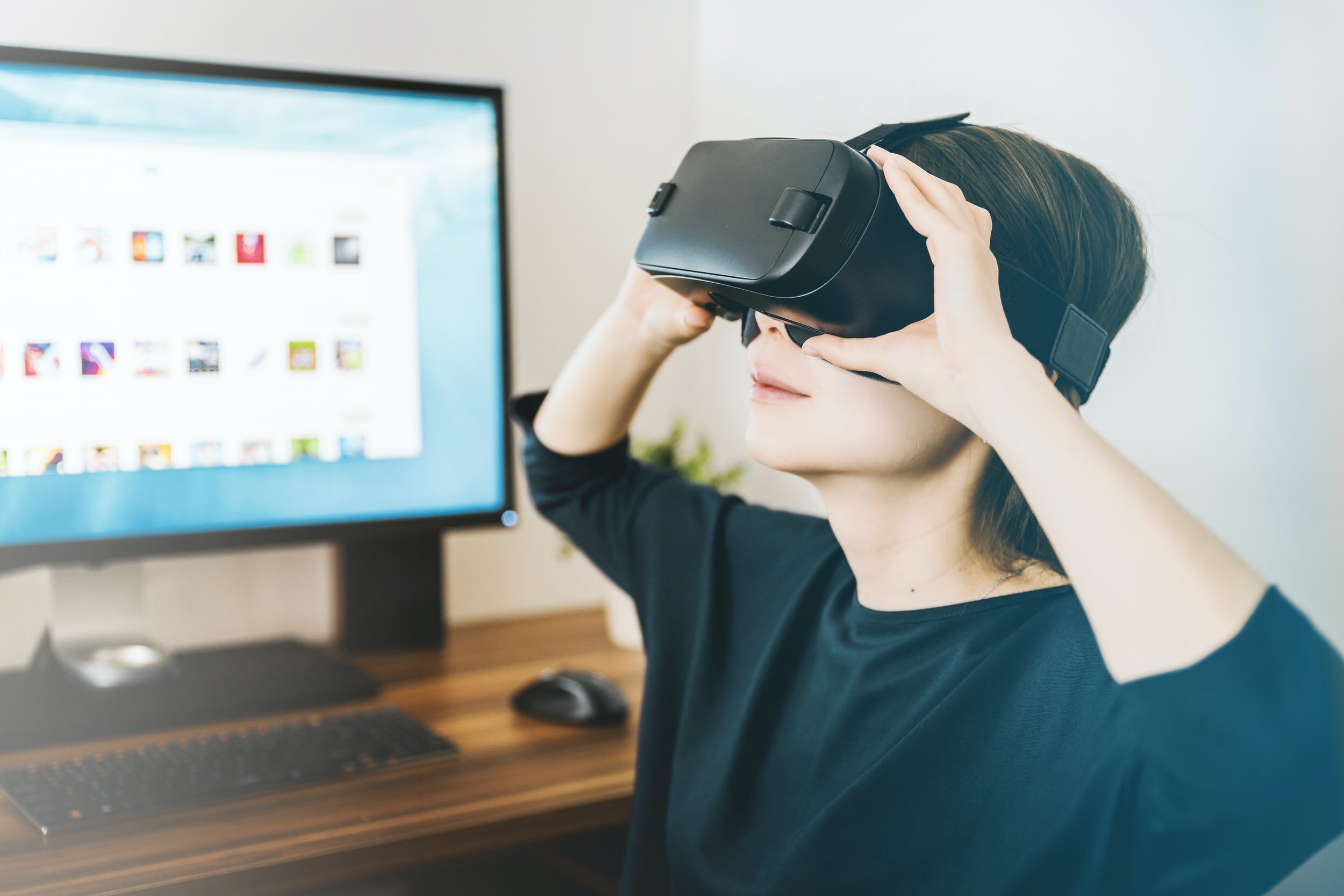Digital Experiences Don’t Exist (alone)
Paying my health insurance premium is one of the most frustrating experiences that I have to deal with online. It is obvious that the system was created due to the fact that their customers demanded an experience to pay and manage their accounts online, not because the insurance company wanted to offer one. It takes minutes to log in, as when I click the process takes so long that I often resubmit multiple times thinking that there is a timeout somewhere. Once I am finally logged in, I cannot determine which bill has been paid and which is still due. In the end, I am stressed because I am not sure if the correct bill was paid, concerned because I don’t want there to be a lapse in coverage, and I am physically pacing the room because what should have been a 3-minute process has turned into 15-minutes of frustrating and the expectation that I will be back here again doing it tomorrow.
This is all because they built a digital system that doesn’t concern the physical reality of where their users are while trying to experience their system, not do they seem to have listened or gathered any information/feedback about how their system works (doesn’t work). So how do we create better digital experiences? We need to consider beyond digital and recognize that the digital experience cannot exist without the physical and psychological.
What does it mean to be digital?
In our ecosystem, digital refers to something that is built to live on a device (desktop/laptop, tablet, phone, smart watch) and is usually a native application or a web-based experience. It is often used as a replacement for what is traditionally a physical experience:
Checking your bank balance instead of stopping at your local branch
Ordering takeout food instead of calling your restaurant
Getting directions instead of pulling out a map or stopping at the gas station to ask for help
These digital replacements are very successful, mostly because of the convenience they bring to our lives. They may not be better for our day-to-day well-being, but that’s another topic.
The issue with considering a digital experience to be solely digital is that it negates everything else about your experience. Just looking at those 3 examples above:
Checking your bank balance instead of stopping at your local branch
If there’s a problem, what are you going to do about it?
What if you are checking your balance right as you are checking out at the store and the internet isn’t available?
How do you keep this information from prying eyes if you’re in a crowded subway car?
Is this an anxious experience or a relaxing one?
Ordering takeout food instead of calling your restaurant
Do you know what you are actually ordering? How did you choose the items?
How are you going to get the food?
What do you do if something is wrong with your order and you only realize it after it has been delivered?
Getting directions instead of pulling out a map or stopping at the gas station to ask for help
Do you have service?
Are you checking for updated directions while driving?
What if there is a road closed, what next?
Each of those digital solutions has true physical and psychological aspects that need to be taken into account. You cannot create a widely-used system that accomplishes something for many people if you don’t consider how your digital product is going to be experienced physically and psychologically.

